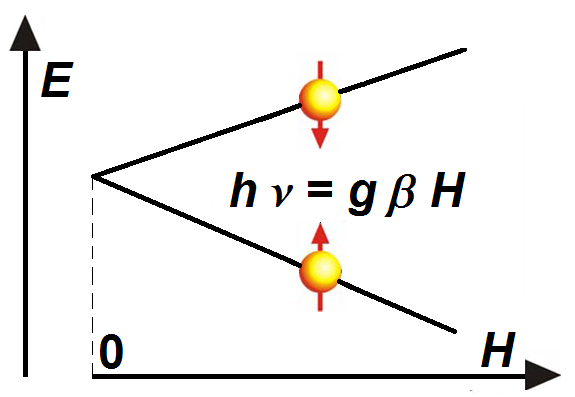Laboratory for Magnetic Resonances
Voditelj

The main research goal in the LMR is to investigate molecular structure and dynamics in the broad scope of the scientific interest, ranging from the basic problems in the field of solid state physics to soft condensed matter and liquids by using advanced techniques of electron paramagnetic resonance (EPR) spectroscopy.
Laboratory for magnetic resonances in the Division of Physical Chemistry, RBI, is equipped with pulsed EPR spectrometer, FT/CW EPR, ELEXSYS 580, from Bruker, Germany. In 2009, it was upgraded with pulsed electron nuclear double resonance module (pulsed ENDOR) which extends the resolution of the acquired spectra with respect to the neighbor atomic nuclei.
Typical scientific research in LMR (recently published papers) are in areas of phase transitions in soft matter and ferroelectrics studied by EPR relaxation, irradiation damage in organic crystals, EPR/dosimeters, detecting local magnetic field at surface of single molecular magnets and molecular dynamics in synthetic and natural polymers.
EPR (Electron Paramagnetic Resonance or equivalently ESR, Electron Spin Resonance) is a spectroscopic technique capable to detect paramagnetic centers (centers which contain unpaired electron spin). EPR spectroscopy is based on the resonance principle: one detects absorption of microwave radiation when the microwave frequency is equal to the frequency of electron precession in a magnetic field. The extreme sensitivity of EPR spectroscopy allows detection of extremely low concentration of paramagnetic centers/species in a material (less than 1 ppm), a property not usually encountered in other types of spectroscopies.
Since a surprising number of materials exhibit unpaired electrons e.g. in terms of various structural defects at the molecular or atomic level, EPR is applied in physics, chemistry, biology and medicine as well as in interdisciplinary scientific areas. In particular, EPR is applied in studying macromolecules from the synthetic and natural origin, polymers, various biological macromolecules, proteins, membranes etc. Important application of EPR is in ionizing radiation dosimetry and control of the food preserved by ionizing radiation.


